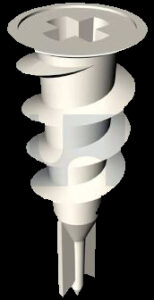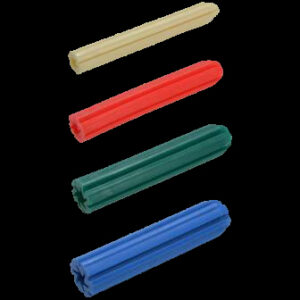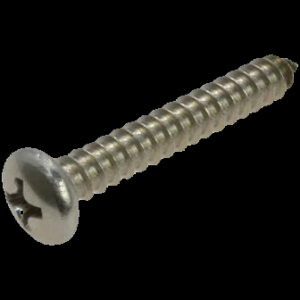Picture Hanging
Hanging a traditional picture frame from a wire or a modern acrylic wall mount from a metal bracket requires a similar methodology.
Firstly the correct wall plugs will need to be chosen, Masonry or Plaster/Gyprock. Picture hanging nails and hooks can be used, but we recommend only using them on frames less than one kilogram in weight.
Secondly, the weight and size of the frame will have to be assessed to determine the required amount of wall plugs and screws. One for smaller frames up to 60cm in width and 5kg or less in weight. Two for anything more significant up to 200cm and 20kg or less. ( these two screws and wall plugs should be horizontal and in the centre half of the frame). For larger and heavier frames and mirrors, we recommend seeking professional advice.



Wall Plug for Plaster/Gyprock walls Masonry Plugs 8 Gauge Pan head Screw
How to Protect Your Fine Art Photography
Photographs can be easily damaged so taking precautionary measures is the best defence in protecting their value. Several everyday situations can potentially cause damage to photographs. Avoiding these situations is much easier than trying to correct damage once it has occurred:
Light-Never hang or exhibit photographs in direct sunlight.
Also, try to avoid strong indirect daylight. It is a good idea to change prints frequently if they hang in strong light situations. Ultraviolet light should be avoided. Many fluorescent lamps give off ultraviolet light and should be avoided unless daylight balanced. Normal household light bulbs usually do not present a problem for photography.
Heat and Humidity
Try to avoid extremes of heat and humidity as this will speed up any chemical process. When storing photographs keep them out of damp basements and hot attics. It is best to keep them at constant temperature humidity; museums try to keep the temperature around 8 degrees Celsius and relative humidity of 40%. If the humidity is too high, be on the lookout for Foxing, a type of mould growth. If you live in the tropics, the best advice is to contact a local museum and ask for information on taking care of your artwork. Ensuring your artwork is framed correctly and covered with glass is the easiest way to protect artwork from air pollutants.
Framing
If your art hasn’t been framed by us, make sure you take your images to a framer who is experienced in handling photographs and understands good archival framing. Stress the importance of proper handling and make sure they know the value of your artwork so they will take extra care in the framing process.
Moving Artworks
If you are involved in a major relocation, make sure that your artwork is protected from the elements as well as uneducated movers. Look out for weather problems, wrap your artworks in plastic to prevent water damage and to protect frames use some cushiony material like towels or blankets. Frame corner protectors are also available or you could completely wrap the artworks using cardboard and tape.
Cleaning
The glass stops a build-up of dust from getting to the artwork but a soft cloth should be used regularly to wipe off any build-up of dirt that may have gathered over time. Never use a cleaning agent directly on the surface of a canvas or acrylic print as it may be harmful. It can also leave an unwanted residue on the surface. We recommend a microfibre cloth and isopropyl alcohol for cleaning your acrylics and glass frames. A damp warm cloth with a drop of detergent for your canvas prints.

